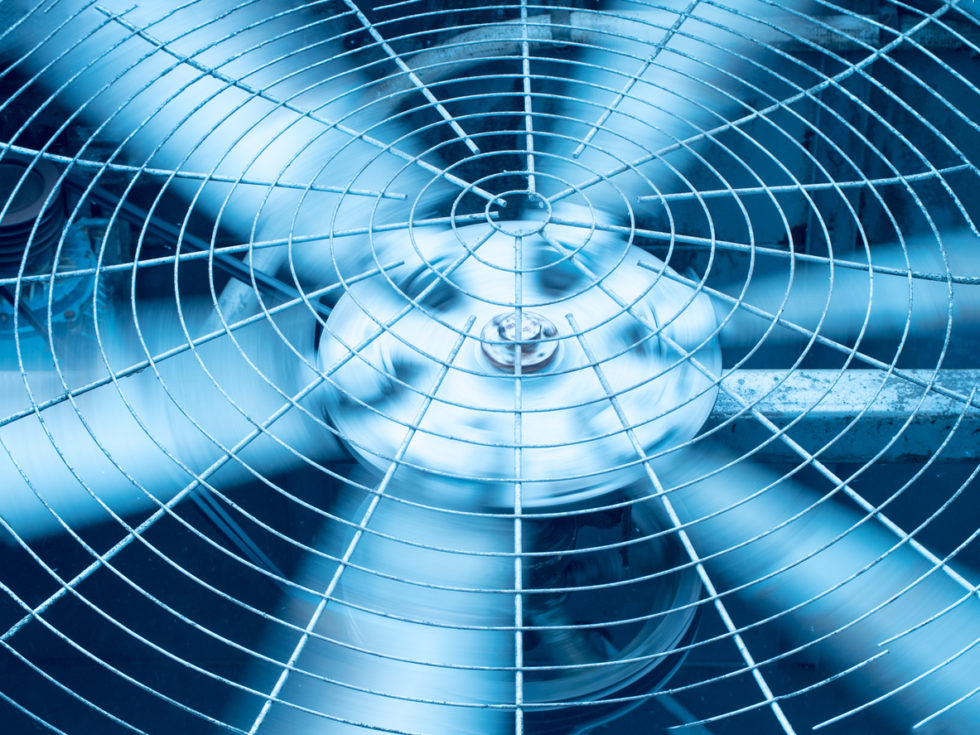There are two primary types of HVAC systems that homeowners in Asheville, North Carolina, typically use: packaged and split. Both types have benefits and drawbacks. You should examine these before making a choice for your household. Learn about the most important differences between split and packaged HVAC systems to discover which option would work best for your home.
Split HVAC System
A split HVAC system is the most commonly used system in Asheville-area homes. Essentially, it has two units: one indoors and one outdoors. A line-set, or copper tubing, connects the units and transfers refrigerant back and forth. The components vary based on whether you’re trying to heat or cool your home.
Pros
The pros of a split system are numerous:
- Eco-friendly: They’re energy efficient with a high Seasonal Energy Efficiency Ratio (SEER).
- Customizable: Given the size and setup of a split system, it’s easier to customize for horizontal flow, upflow or downflow depending on your home’s needs.
- Compatible with older homes: You can opt for a ductless mini-split system that’s perfect for older homes without an extensive duct network or for home renovations and additions that’ll need heating and cooling.
Cons
While split systems offer plenty of benefits, there are downsides as well.
- Difficult to install: Split systems, comprised of two relatively large units with indoor and outdoor connections, may require a difficult installation.
- Incompatible with small homes: For smaller homes, a spacious split system isn’t a viable option.
- More costly: If you don’t optimize the installation of a split unit, you’ll experience a loss of efficiency that’ll increase the costs of using your HVAC system comfortably. Because of the labor-intensive installation, setup costs are also relatively significant.
Packaged HVAC System
While a split system features two primary units, packaged HVAC systems put everything in a single cabinet. That means all components, such as the evaporator, compressor and condenser, sit in one central location. Packaged HVAC systems are typically installed either along the foundation of your house or on the roof. Some even come equipped with a furnace and heating coils, depending on whether you use natural gas or electricity for heat.
Pros
With a packaged HVAC system, you’ll find quite a few benefits.
- Easy to install: One of the packaged HVAC system’s best features is that it’s remarkably easy to set up. Installation is easy and more affordable because all the components are within the same cabinet, requiring less labor.
- Compatible with small homes: Packaged systems are smaller. As a result, they can easily fit into homes with limited square footage inside.
- Efficient: Packaged systems also feature factory-assembled components specifically designed to work together, so they work more efficiently.
Cons
When you opt for a packaged HVAC system, be wary of the general downsides.
- Vulnerable to weather: A packaged HVAC system is highly susceptible to environmental problems, wear and damage. When you install it around your home’s foundation, it’s vulnerable to rain and moisture, which can compromise its internal systems.
- Vulnerable to animals: Even if you can protect a packaged system from the rain, animals become a threat in the winter. They may come across your outdoor packaged unit during their search for a warm place and chew through wires, damaging the insulation.
- Can leak if not sealed properly: Installing your packaged unit on the roof can protect it from animal attacks. But this makes the system more vulnerable to the weather. If it’s not sealed properly, it can leak and cause damage to the walls and roof of your building.
Get Your System Today
Whether you want a split or a packaged HVAC system, Gentry Heating, Inc. can efficiently install your unit and offer you the comfort you deserve as soon as possible. We have a wide variety of systems available so you can find the one that fits your home’s needs. Get in touch at 828-581-4045 to schedule your appointment today with our service technicians.
Image provided by iStock




